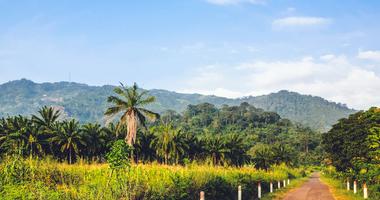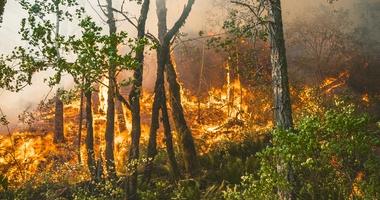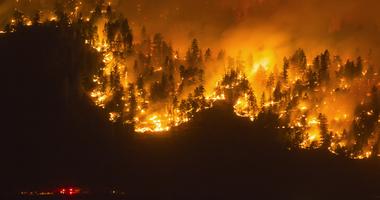
Still Alive and Ready to Thrive in Death Alley
The bus tour brought together a powerful and diverse mix of members and organizers.
"Victory is mine, victory is mine, victory is mine today," sang Barbara Washington, founder and co-leader of Inclusive Louisiana, as she opened a two-day Environmental Justice (EJ) People’s Assembly and Tour of fossil fuel and chemical plant sites along a stretch of the Mississippi River sometimes called "Death Alley" from the tons of pollution streaming out of these facilities.
Washington’s joyful voice followed a beautiful and grounding land acknowledgement, spoken by Bette Billiot of United Houma Nation and Sierra Club.
The event was envisioned and led by Pastor Gregory T. Manning, founder and chair of the Greater New Orleans Interfaith Climate Coalition (GNOICC), and the program was facilitated by Toi Jean Carter, the leader of the Louisiana Just Recovery Network, and an active organizer with Gulf South for a Green New Deal.
The first day began at Mount Pilgrim Baptist Church in Baton Rouge, Louisiana with an assembly focused on building trust between participants and outlining the scope of the challenge. The event gathered old allies and newly committed friends to learn, connect, and refocus energy on Louisiana's EJ communities. It was an opportunity to explore the multi-faceted challenge of the hundreds of toxic sites along the Mississippi River between Baton Rouge and the Gulf of Mexico and learn how new climate laws like the Inflation Reduction Act could help in the fight for justice.
Geraldine Watkins of the Concerned Citizens of St. John the Baptist Parish and GNOICC described Friday’s People’s Assembly as follows: “The mood was electrifying – everyone wanted to come up with solutions to solving the EJ crisis in Louisiana. Rev. Manning started the day with a spiritually uplifting prayer and motivational talk. Ideas were popping left and right. Everyone was enthusiastic – he ignited the fire and it touched everyone – we were embers and we got brighter and brighter as the day progressed.”
Reflecting on the day, Pastor Manning said, “The joy, laughter, and spirit that filled the room was a medicine that each person who had survived a pandemic, Hurricane Ida, and toxins in the air, water and soil needed to heal wounds.”
After the assembly adjourned, participants attended an Environmental Protection Agency hearing and protest granting Louisiana primacy in making decisions regarding carbon capture wells.
The second day featured the Still Alive and Ready to Thrive bus tour confronting participants with many of the worst polluting sites in Louisiana. Thirty-plus year environmental justice warrior Darryl Malek-Wiley of the Sierra Club provided commentary.
The bus tour brought together a powerful and diverse mix of members and organizers from Inclusive Louisiana, The Descendants Project, Concerned Citizens of St. John, RISE St. James, United Houma Nation, Rural Roots Louisiana, MOGUS Life, the Green Army, Sunrise Movement New Orleans, First Unitarian/Universalist, The Climate Reality Project, GNOICC, 350 New Orleans, Gulf South for a Green New Deal, Taproot, Sierra Club Delta Chapter, Together New Orleans, and Louisiana Just Recovery Network. A film crew from Tikkun Olam Productions joined us for the day and is developing several film spots we’ll be sharing!
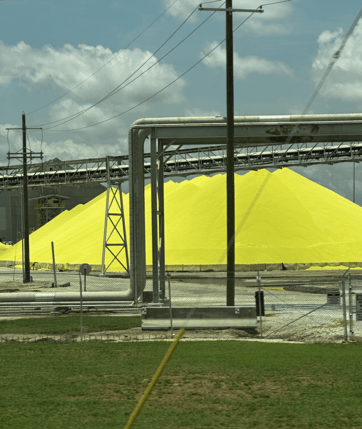
Malek-Wiley started his narration at the Devil’s Swamp Landfill, one the most notorious EPA Superfund sites. Next came the massive Baton Rouge Exxon facility, one of the worst polluters in the United States. As our bus wended its way south on local roads, through historic Black neighborhoods and rural villages, different plants and their violations were pointed out by residents and organizers who rode with us that day, including Gail LeBoeuf and Barbara Washington of Inclusive Louisiana, Tish Taylor of Concerned Citizens of St. John the Baptist Parish, and Jo Banner of The Descendants Project.
Perhaps the most sinister looking violator was the man-made 300 acre, 200-foot-tall mountain of phosphogypsum at the Mosaic facility in St. James Parish. Residents and environmental organizers have fought for tougher storage standards for the material, a byproduct of making fertilizer, as it’s radioactive and at risk of overflowing.
Other toxic sites visited included the Atlantic Alumina plant across the river from the Descendants Project Fee-Fo-Lay Café in St. John the Baptist Parish. The Alumina plant's red bauxite dust covers the area, including the café's outdoor tables and chairs. The plant is also a significant emitter of mercury, a health threat to pregnant women and their babies and children. Descendants Project co-leader Banner has mused that there were fireflies everywhere when she was a child, and now there are none.
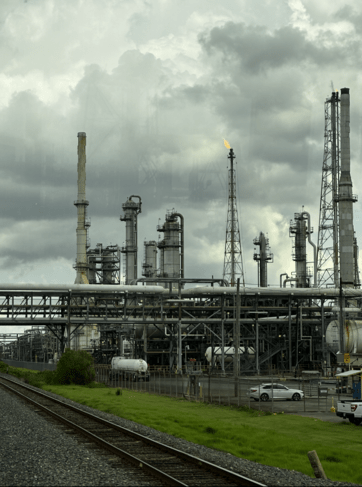
Another St. John the Baptist Parish site visited was the Denka Performance Elastomer Plant in Reserve, Louisiana. Denka emits chloroprene, which is used to make wet suits. Chloroprene is a carcinogen and residents have been exposed to the nations’ highest air toxin cancer risk, about 50 times the national average.
St. John has multiple plants and epidemiologist Vickie Boothe has reported that St. John residents, especially children, suffer from severe and irreversible air pollution health effects, including child asthma hospitalization rates more than double the Louisiana and US rates and the highest rate of asthma emergency department visits in the state and third highest nationwide. For almost four weeks beginning in March 2020, St. John residents had the nations’ highest COVID-19 death rate and the rates continued to rank among the state’s highest throughout the pandemic. Just a few hundred feet from the Denka fenceline, more than 400 primarily Black children attend the Fifth Ward Elementary School.
The last site was the Shell Norco Refinery in St. Charles Parish. Newcomers to the sight of these plants are often in disbelief at their sizes - they occupy land large enough for a metro downtown.
Finally, we disembarked at the Bonnet Carre Spillway to get up close to the Mississippi River and to take photos of our lovely colleagues.
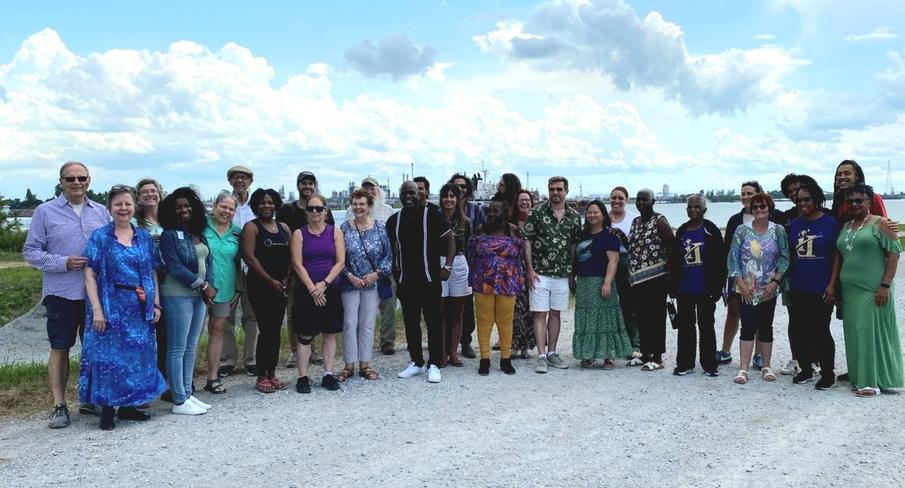
Pastor Manning celebrated the tour, saying, “Who would have thought that we would have ended our toxic tour with the jubilee of singing a multi-faceted genre of songs ending with ‘We are the World’ just as we pulled in the parking lot at Mount Pilgrim Baptist Church to end our time together. Only the power of the divine could have orchestrated dozens of people holding up their phones with their flashlights on, waving them in the air, and proclaiming ‘we are the ones who make a brighter day so let’s start living’.”
Watkins added, “This is the miracle that is Louisiana. People here, especially Black and Indigenous people, are confronted with hardships constantly and their health is poor, but we bounce back, because of our faith and love of family and friends. This event was people coming together to try to pull themselves up for the future of their grandchildren and great grandchildren.”


